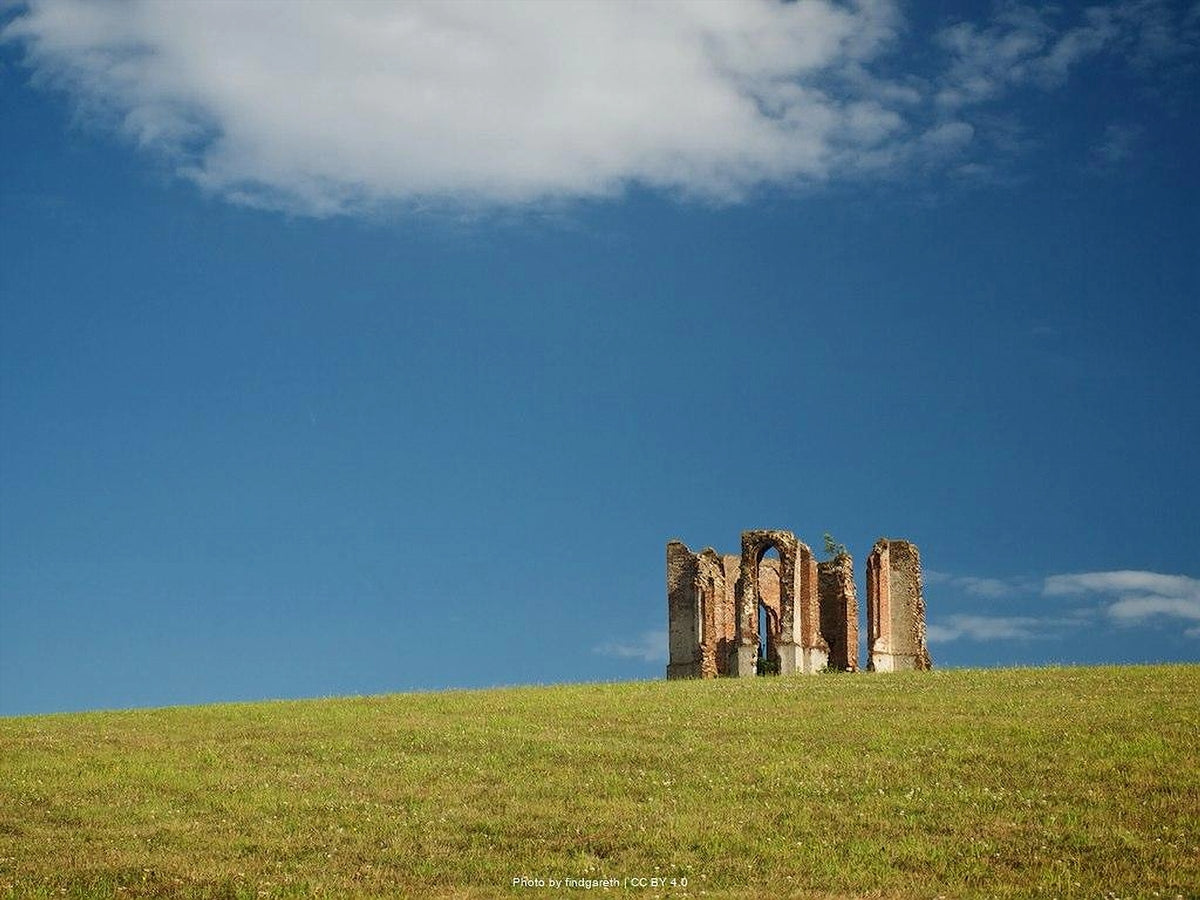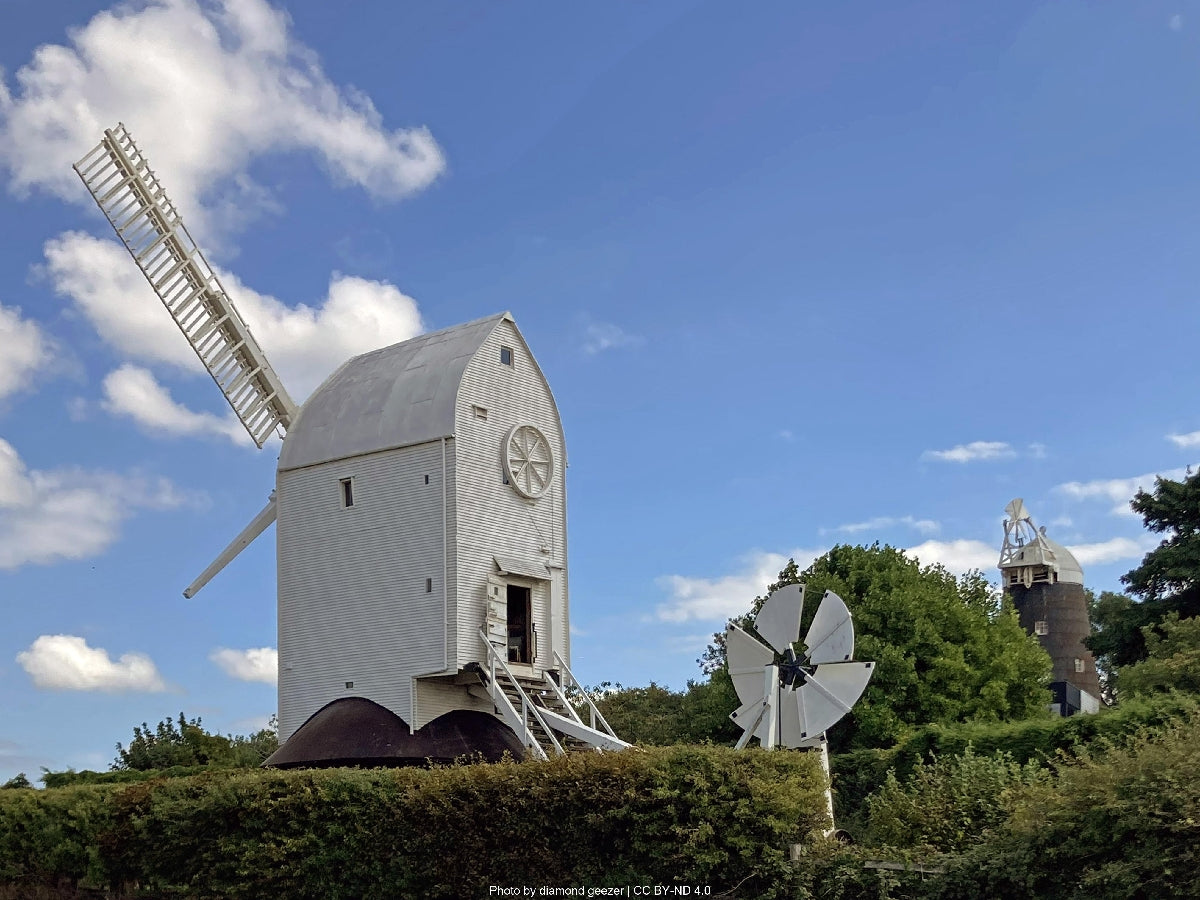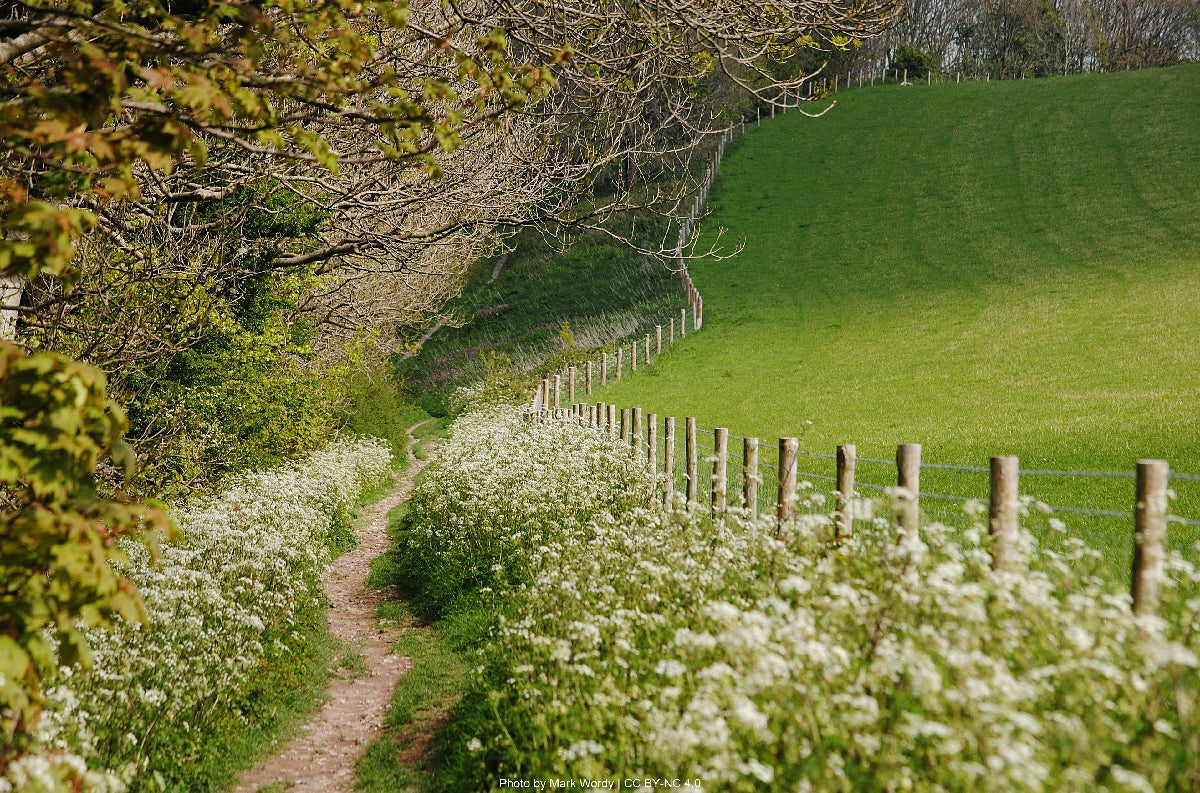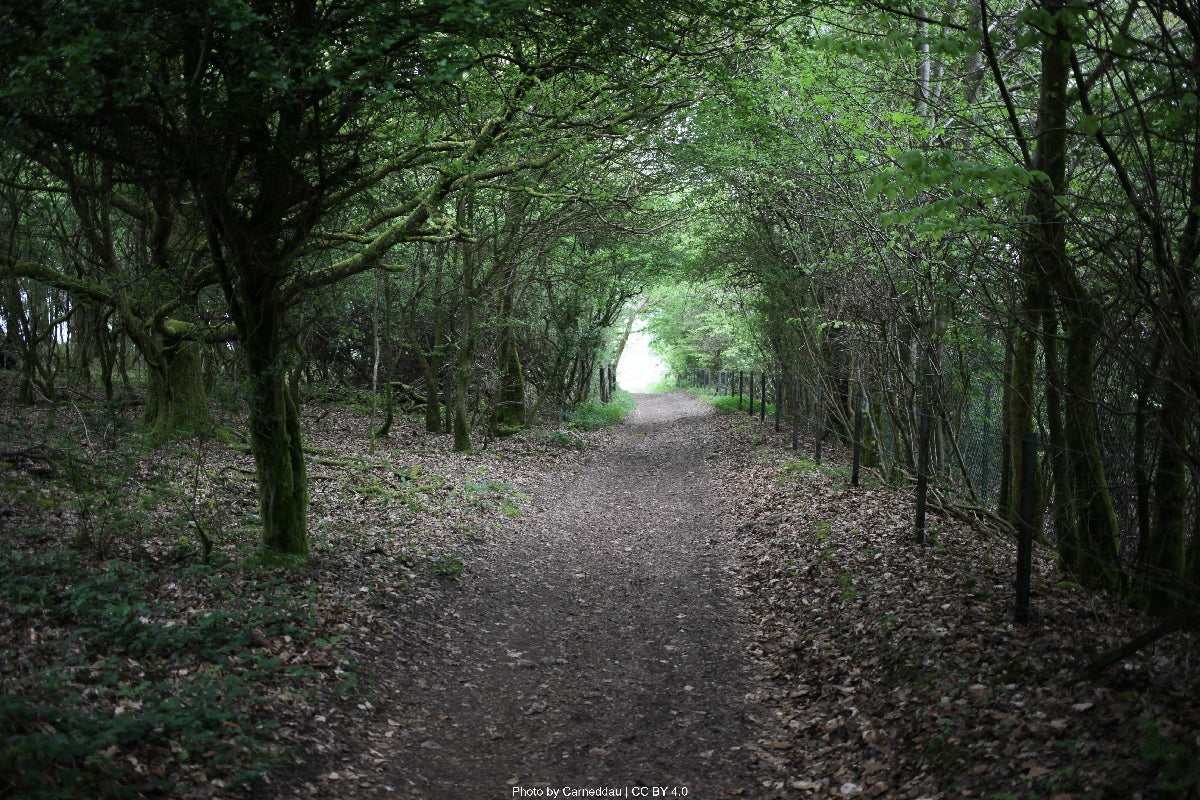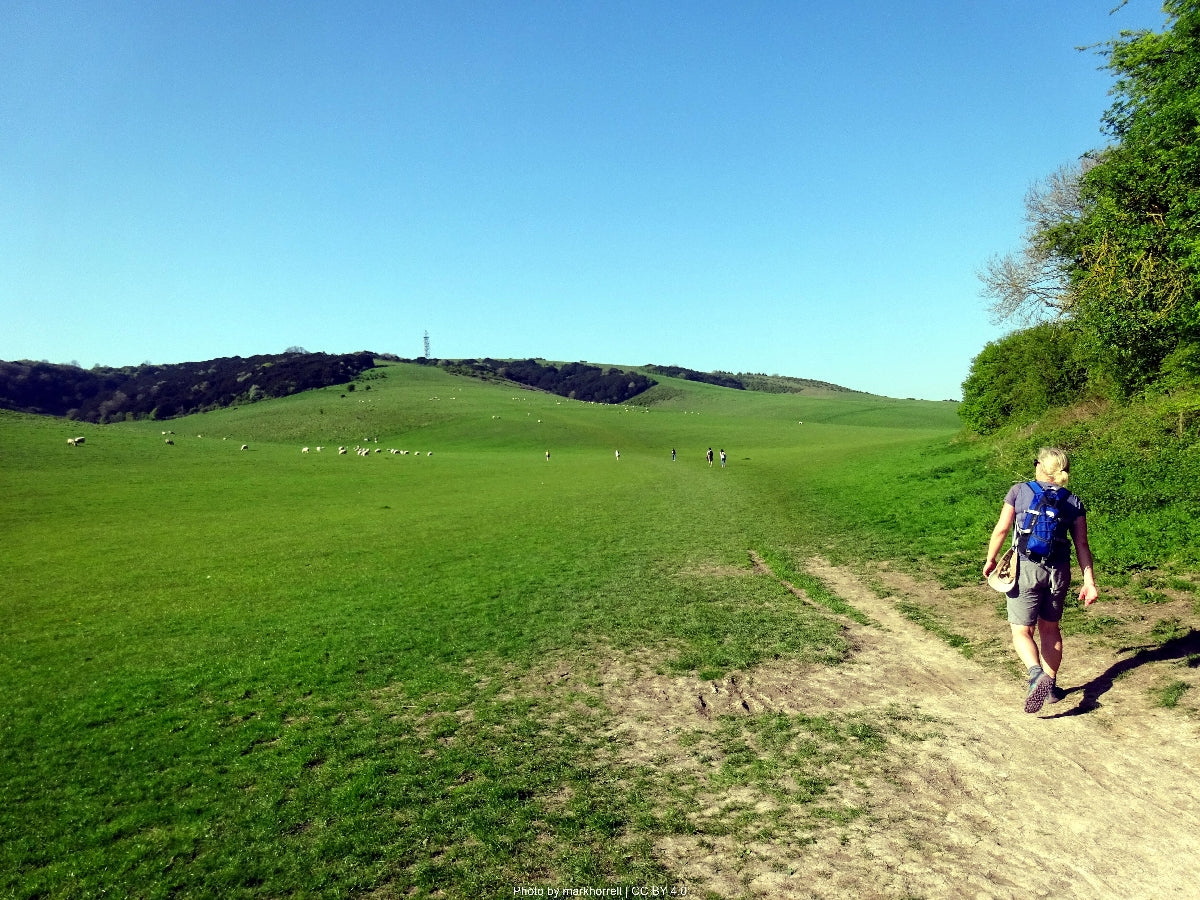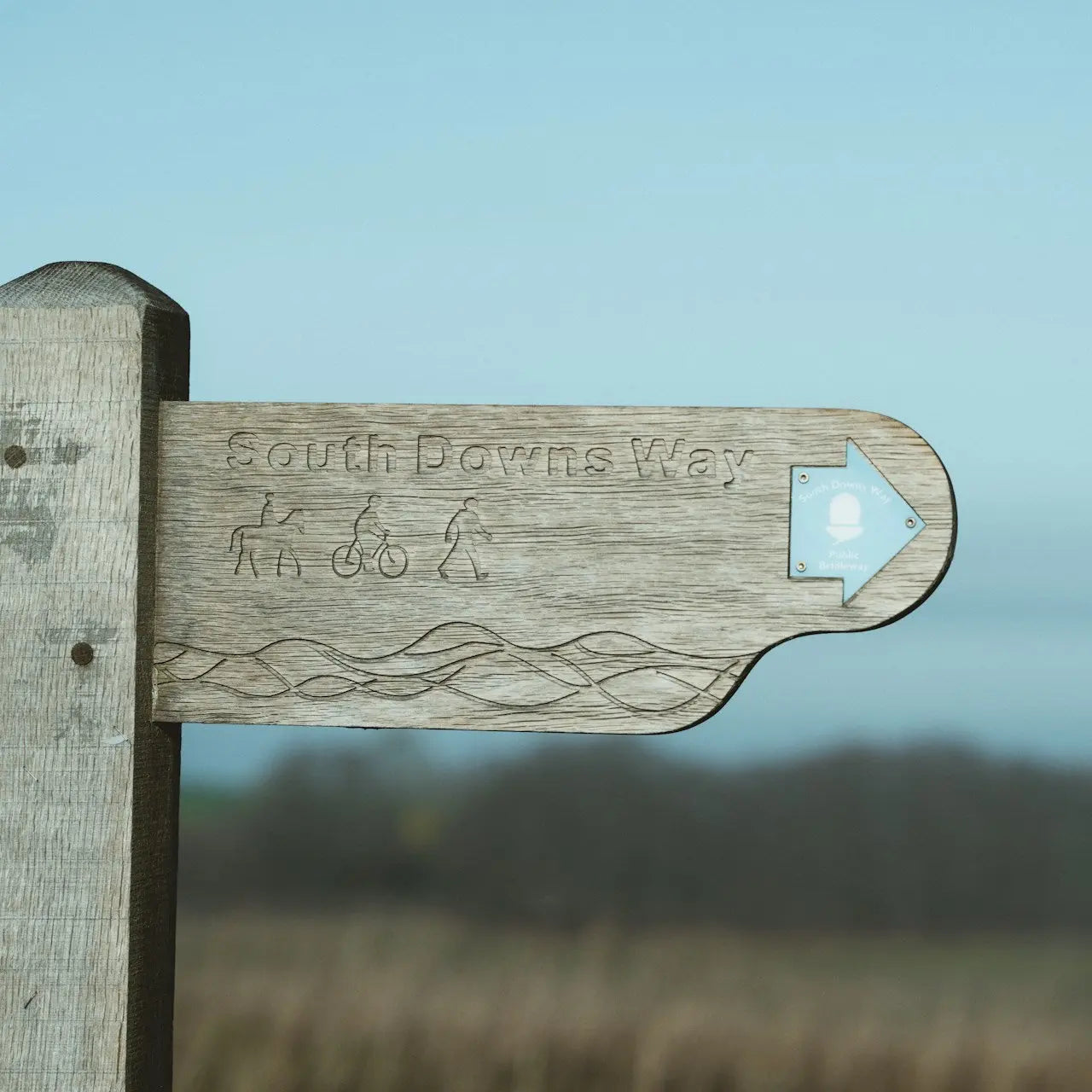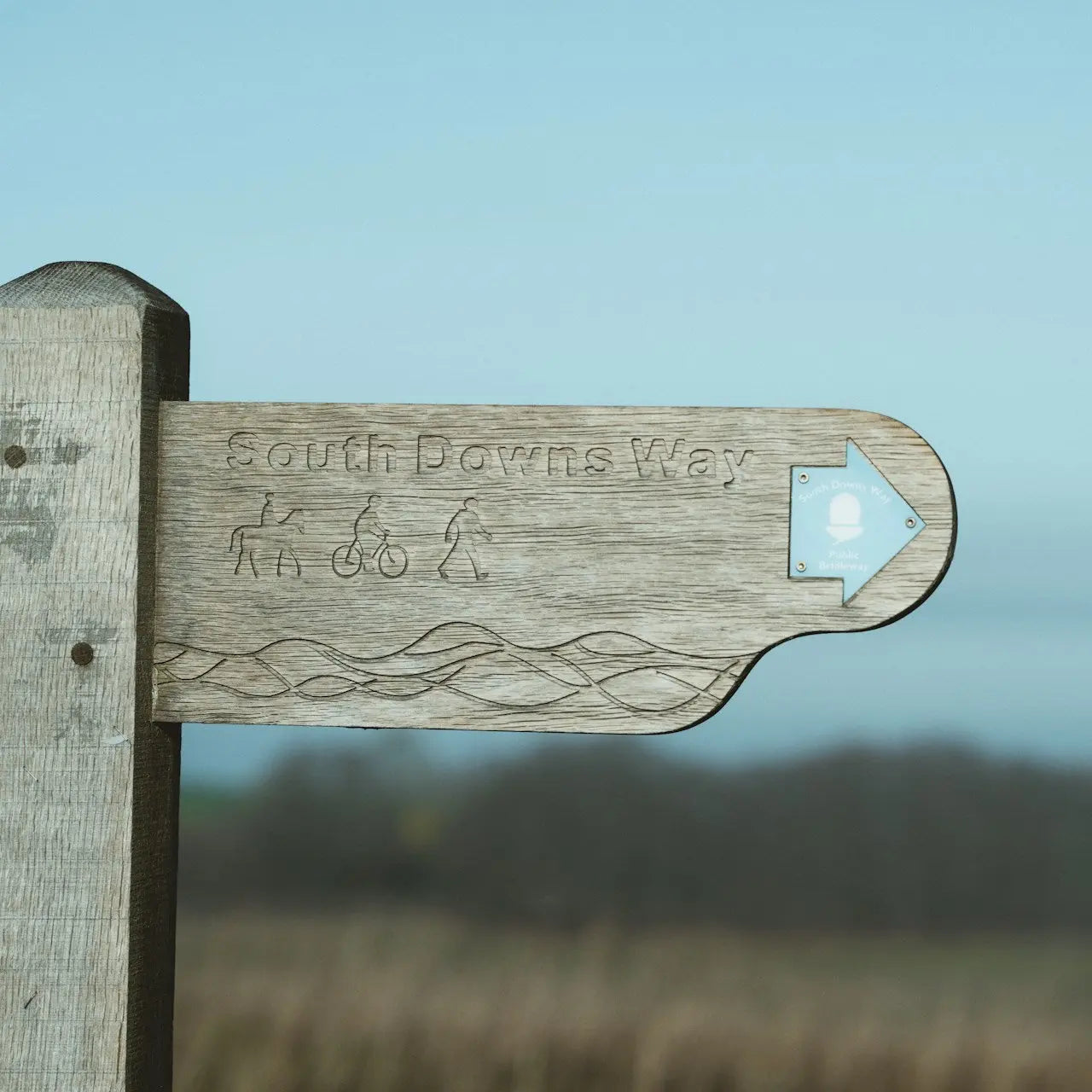South Downs Way Overview
- Ancient paths through stunning chalk landscapes
- Accessible sections for weekend warriors
- Rich historical sites dot entire route
The South Downs Way stands as one of England's most cherished National Trails, spanning 100 miles (160 kilometers) through the heart of the South Downs National Park. This historic route follows ancient trackways along the chalk escarpment and ridges of the South Downs, offering continuous views across the English Channel and the Weald. The trail connects Winchester, the ancient capital of England, to the dramatic white cliffs of Beachy Head near Eastbourne.
This well-maintained p...
Read more
| Hilliness | |
| Start Point | Winchester, Hampshire (Cathedral City) |
| End Point | Eastbourne, East Sussex (Beachy Head) |
| Activity Type | Walking, Hiking, Trail Running |
| Distance | 160km | 100 miles |
| Ascent | 3,800m | 12,467ft |
| When to go | April through October |
| Baggage Transfer | Available |
From £624.00
Based on a Standard Package for two people.
Build Your Adventure
Not ready to book?
Call us on 0131 560 2740
or enquire by email
What's included?
-
Custom Adventure Plan
-
Accommodation options for you
-
Door‑to‑door GPX in our app
-
On‑trail support
-
Share with up to four people
Sample Itinerary
Here's what's on the trail. We'll split the stages to each day just right for your pace.
Beginning at the historic Winchester Cathedral, this stage offers a gentle introduction to the South Downs Way. The trail climbs steadily out of Winchester through Chilcomb, providing the first taste of chalk downland walking. Key features include the Iron Age hill fort at St. Catherine's Hill, offering panoramic views over Winchester and the Itchen Valley. The path follows ancient trackways through Chilcomb Down before descending to the picturesque village of Exton.
Water sources are available in Winchester and Exton, with several pubs offering refreshments. The Beacon Hill Nature Reserve presents excellent wildlife spotting opportunities, particularly for butterflies in summer months. Historical points of interest include the medieval church of St. Peter's in Chilcomb and various ancient burial mounds dotting the downland.
This section features some of the most dramatic scenery of the early stages. From Exton, the trail climbs steeply to Beacon Hill, an impressive Iron Age hill fort with extensive views across Hampshire. The path continues along high ridges through Old Winchester Hill National Nature Reserve, home to rare chalk grassland species and another impressive hill fort.
Water and supplies are available at Meon Springs and Mercury Park. The highlight of this stage is the spectacular Iron Age fort at Old Winchester Hill, offering views across the Meon Valley. The route passes through ancient woodlands before reaching Queen Elizabeth Country Park, which provides visitor facilities and a café.
This challenging stage crosses the Hampshire-Sussex border, offering sustained walking along chalk ridges. The trail passes through Harting Down, managed by the National Trust, providing excellent views north to the Weald and south to the Channel. Sustainability Hill offers one of the trail's finest viewpoints.
Water sources are available at South Harting village, slightly off-trail. The route passes the impressive Vandalian Tower ruins and crosses several ancient track ways. The descent into Cocking provides welcome relief after a day of ridge walking, with the village offering accommodation and resupply options.
This section features some of the trail's most remote and peaceful walking. From Cocking, the path climbs back to the ridge, passing through Graffham Down Nature Reserve, known for its wildflowers and butterflies. The trail continues through Bignor Hill, site of impressive Roman remains.
Water is available at Graffham and Amberley. The highlight is the Roman villa at Bignor, just off the trail. The descent into Amberley offers stunning views of the River Arun valley and the Amberley Wild Brooks wetlands. The village itself is picturesque with its thatched cottages and medieval castle.
A dramatic stage featuring some of the trail's most impressive downland. From Amberley, the path climbs steeply to Rackham Hill, offering views back across the Arun Valley. The route passes several dramatic chalk escarpments, including the famous Chanctonbury Ring with its distinctive crown of beech trees.
Water sources are found in Washington and Upper Beeding. Historical highlights include the Iron Age hill fort at Chanctonbury Ring and numerous burial mounds. The Devil's Dyke, one of the longest, deepest, and widest dry valleys in Britain, provides a spectacular conclusion to the day.
This stage offers classic South Downs walking along open ridges. From Upper Beeding, the trail climbs to Truleigh Hill, with its distinctive radio masts. The path continues along high ground, passing the Clayton Windmills, known locally as "Jack and Jill."
Water is available at Pyecombe and Housedean Farm. The Clayton Windmills provide excellent photo opportunities, while the church at Clayton features rare medieval wall paintings. The stage ends at Housedean Farm, where the A27 provides access to Brighton.
A challenging but rewarding stage featuring some of the trail's most dramatic scenery. The path climbs to Ditchling Beacon, the highest point in East Sussex, offering extensive views. The route continues past the impressive Blackcap hill and Mount Caburn nature reserve.
Water sources are found in Southease and Alfriston. Historical highlights include the restored YHA at Southease and its ancient church with round tower. The approach to Alfriston through the Cuckmere Valley provides stunning views of the meandering river.
The trail's finale provides its most dramatic coastal scenery. From Alfriston, the path follows the Cuckmere River before climbing to the Seven Sisters, a series of chalk cliffs. The route continues past Birling Gap and Beachy Head, offering spectacular coastal views.
Water is available at Birling Gap and Eastbourne. The Seven Sisters Country Park provides stunning photo opportunities, while Beachy Head lighthouse is an iconic sight. The stage concludes with a descent into Eastbourne, where the trail officially ends at the western end of the promenade.
How long will it take?
Everyone has a different approach to trails. Here are our suggested times for the South Downs Way for different types of adventurers.
Here we have assumed that you will be out on the trail for around 8 hours per day, including regular breaks but not extended lunch stops.

8
Days
For walkers who love the journey as much as the destination.
You enjoy full days on the trail, moving steadily, soaking up the scenery — with plenty of time for food and drink stops along the way!

7
Days
For long-distance walkers who enjoy the challenge of a steady pace over varied terrain.
You’ve got the fitness to cover strong distances over several days — this is where most keen hikers will find themselves.

5
Days
The first of our faster categories — built for those who prioritise pace.
You move quickly with minimal stops, carry just the essentials, and have the fitness to handle long days and tough terrain.

3
Days
Our fastest pace – ideal for those used to ultramarathons.
You mix fast hiking with running on flats and descents, even over mountains. Speed and efficiency matter most, with minimal stops as you aim to complete each route as quickly as possible.
Build Your Adventure
Book by phone
Essential Travel Information
Seasonal Highlights and Trail Conditions:
- Peak season runs from April to October
- Spring offers wildflowers and mild temperatures
- Summer provides longest daylight hours but can be hot
- Autumn offers crisp weather and fall colors
- Winter walking possible but challenging due to mud and short days
- Trail generally remains open year-round
- Chalk surface provides good grip even in wet conditions
- High winds can be challenging on exposed sections
Budget Options (£15-30 per night):
- Camping at designated sites
- YHA hostels in Winchester, Southease, and Eastbourne
- Camping barns and bunkhouses
Mid-Range Options (£50-100 per night):
- B&Bs in villages along the route
- Guesthouses in major towns
- Small hotels
Luxury Options (£100+ per night):
- Historic hotels in Winchester and Eastbourne
- Boutique countryside hotels
- Converted manor houses
Popular Stopover Points:
- Winchester
- Exton
- South Harting
- Amberley
- Alfriston
- Eastbourne
Nearest Airports:
- Southampton (for Winchester)
- Gatwick (for middle sections)
- London Heathrow (requires additional transport)
Public Transportation:
- Regular trains to Winchester from London Waterloo
- Various railway stations near the trail (Amberley, Southease)
- Regular trains from Eastbourne to London Victoria
- Local bus services connect various points along the trail
Trailhead Access:
- Winchester Cathedral easily reached from the train station
- Eastbourne terminus accessible by public transport
- Various car parks along the route for section hikers
Evacuation Points:
- Major road crossings every 5-10 miles
- Villages with transport links throughout
- Emergency services accessible throughout via mobile phone
Daily Expenses (approximate):
- Budget: £50-70 per day
- Mid-range: £80-120 per day
- Luxury: £150+ per day
Breakdown:
- Accommodation: £15-100+ per night
- Food: £20-40 per day
- Transport: £10-30 per day
- Equipment rental (if needed): £20-50 per day
Additional Costs:
- No permits required
- Optional guides or maps: £10-20
- Baggage transfer services: £8-12 per bag per stage
- Busiest during summer weekends and bank holidays
- Popular with day hikers near urban areas
- Quieter sections between Cocking and Alfriston
- Mix of international and domestic hikers
- Family-friendly sections near major towns
- Remote sections offer solitude
- Strong walking community with local groups
- Cultural emphasis on countryside preservation
- Friendly locals accustomed to hikers
- Good mix of social interaction at overnight stops while maintaining solitude on trail

